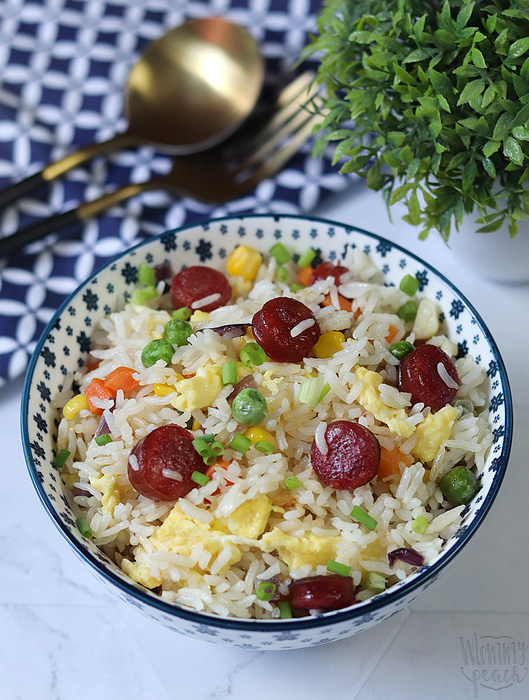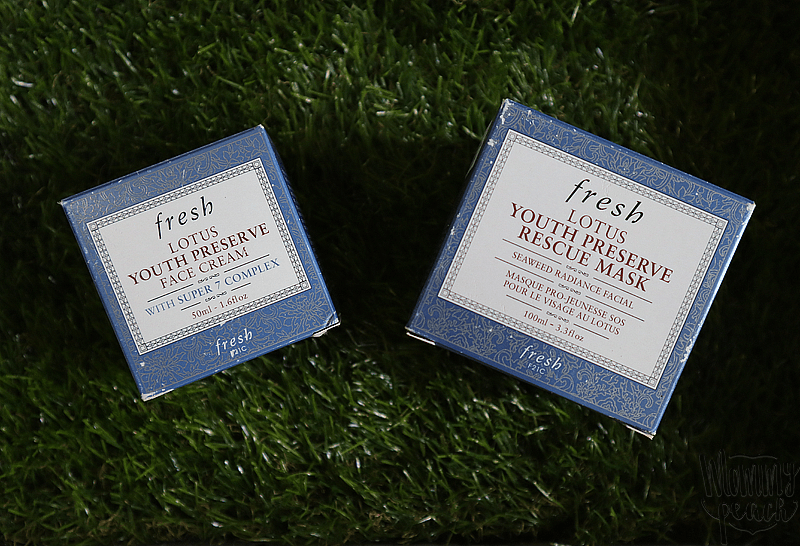
Rice is a staple food and chief export for many Asian countries, most of which have employed different rice cultivation and harvesting practices for thousands of years. In the face of economic instability, climate change, labor shortages, and other challenges facing the agriculture industry today, the question of how to grow rice most efficiently and cost-effectively has thus become an urgent one.
At present, rice crops are most commonly established through transplantation. This method involves growing rice seedlings in a nursery, pulling them up, and replanting them in leveled, puddled fields between 15 and 40 days after seeding. Rice transplantation can either be performed manually or by machine, and it is generally a favored method to produce higher yields and lessen weeding.
However, transplanting rice has also historically proven to be a labor-intensive, time-consuming, and expensive practice. As an alternative method, many rice farmers in Asian countries are beginning to turn to direct seeding, a rice cultivation procedure that involves the systematic planting of pre-germinated seeds in either dry or wet fields. The following are a few major reasons why direct seeding presents an efficient and inexpensive substitute for rice transplantation:
Conserves Water
Conventional rice cultivation methods tend to have high water requirements, as the rice seedlings sprouted in nurseries must be transplanted into standing water. This method, however, is not only laborious but has begun to prove both inefficient and costly in the face of environmental challenges. Climate change has given rise to more frequent droughts and depleted the groundwater supply in many areas, driving operational costs upwards and posing considerable risk to traditional rice farms.
With direct seeding, rice seeds are scattered and allowed to sprout in the field itself. The first irrigation of the field is generally only performed about three weeks after sowing. In contrast, rice paddies need to be watered almost constantly to maintain the submerged conditions necessary for rice seedlings to grow over the first three weeks after planting.
Because direct seeding can be performed in dry soil, this method can save farms substantial amounts of water. Furthermore, many farmers claim that they have successfully used this water-saving method to grow rice with little to no negative impact on crop yield.
Those skeptical of direct seeding methods tend to point out that standing water is also necessary to inhibit the growth of weeds and other competing plants, thereby increasing crop yield. Contemporary weedicides and weed management techniques, however, can help rice farmers to address the issue of weed rivalry efficiently.
Less Labor-Intensive
Finding ways to maximize available labor and reduce labor costs are essential for rice farms to operate optimally. Preparing rice nurseries, caring for seedlings, and transplanting them manually into paddies are all long and involved processes that demand a lot of manual work. On large-scale rice farms or in areas suffering from labor shortages, agribusiness owners may have to spend more to hire enough workers at peak times, such as planting and harvesting season.
Direct seeding methods are faster and require less labor on the whole than conventional transplantation methods. Rice seeds can be scattered either by hand or using machinery and subsequently incorporated into dry soil through ploughing and harrowing, a common practice in upland and rainfed areas. In more irrigated locations, meanwhile, wet direct seeding methods are common. This process involves drilling rice seeds into the mud of a wet, level paddy using a drum-seeder or other similar equipment.
To illustrate the difference concretely, a PhilRice study recently tagged labor cost for transplanted rice at about PHP 4.42 per kilogram. Each kilogram of rice was thought to take about 25 person-days per hectare of arable land, where one person-day equals about eight hours of work—totaling about 200 hours of work in all. Conversely, rice cultivated via direct seeding drew up a labor cost of only PHP 3.28 per kilogram over two person-days or 16 hours of work per hectare.
Faster Crop Maturation
In addition to being faster and easier to plant, direct seeded rice also matures faster than transplanted rice. This is due to the fact that rice seedlings grown in nurseries experience considerable stress when they’re uprooted for transplantation. Once these seedlings are replanted in paddies, they will inevitably need additional time to recover, acclimatize to their new environment, and reproduce their fine rootlets. Direct-seeded rice plants, meanwhile, experience no such stress from uprooting and will mature between 7-10 days faster than their transplanted counterparts.
The much shorter maturation timelines for direct-seeded rice cut labor requirements, crop establishment expenses, and the amount of time farms must invest on crop management by a considerable amount. These savings are crucial for rice farms and can help offset the additional expenses likely to arise from other areas, such as weed and pest control.
Direct seeding has historically proven to be a viable means of maintaining consistent rice production without overtaxing available natural and human resources. This method’s low input requirements and considerable time- and labor-saving potential make it a highly valuable alternative to more established rice cultivation methods, especially given current environmental challenges.












